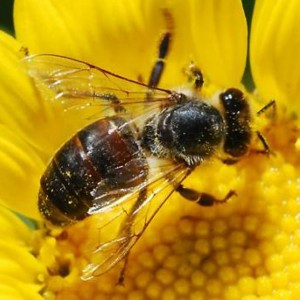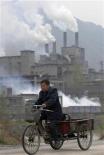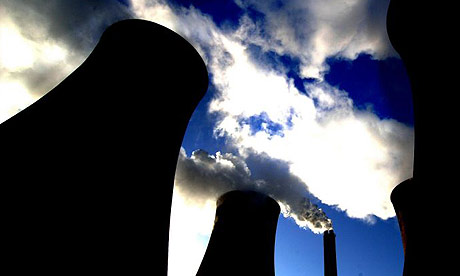
Our previous posts on the mysterious bee disappearances (here, here, and here) have been a very interesting exercise. We’ve had great feedback from farmers, amateur and professional beekeepers, scientists, and dozens of other interested/concerned observers. In the meantime, accumulating reports tell us that the problem is not constrained to the U.S. alone – but that, to one degree or another, empty hives are becoming common in Germany, Spain, Portugal, Italy, Greece, Switzerland, Poland, and now possibly the UK. Canada, so far, seems unsure if they have the problem, or not. We’ve now also had unconfirmed reports from Brazil.
Personally, I believe situations like this are an opportune moment for reflection – a time to humbly consider a few realities, and perhaps learn a few lessons. Of significance to me is the fact that scientists haven’t got this figured out as yet. It begs the question – which is easier, when dealing with the infinitely complex interactions of nature: 1) predicting specific consequences to our ‘tinkering’ before they occur, or 2) understanding how something happened after-the-fact? I would have thought the latter was the easiest – you know the old saying, “hindsight is a wonderful thing”. Looking back at the results, following the trail of clues, is a lot less challenging than postulating over what could happen. Or, to put it into a framework that might be better understood – if Sherlock Holmes, expert in crime scene deductions, were to turn his attention to predicting crimes rather than solving them, how would he have fared? Short of the kind of psychic predictive skills seen in Minority Report-type science fiction movies, I don’t expect he’d fare so well.
What am I on about, you ask? Simply this – too many people hand scientists the keys to the car, as it were, and bid them take it wherever their employer wishes. Our governments do this, and too many either encourage it, or stand by and let it happen. When the PR departments that front these scientists portray a glorious new world where man manages to, with perfect and meticulous coordination, juggle all the intricacies of the natural world in one hand, whilst cashing in on it and providing world peace and equality with the other – we believe it. Yet, how can we have so much confidence in their ability to read the future, when they are unable to decipher the past and present – a task that should be a damned sight simpler, no?
As Australians are benefiting from an export boom in bees to the U.S., and while the best recommendations from the groups that have been tasked with finding solutions to these problems are to advise which chemicals to use and which not to (PDF), I will list some of the possible causes for the present pollination crisis below (I call it a pollination crisis here, rather than a honeybee crisis, because there are other pollinators that would be lending us a hand – if we hadn’t driven them into exile):
Read moreColony Collapse Disorder – a Moment for Reflection?












